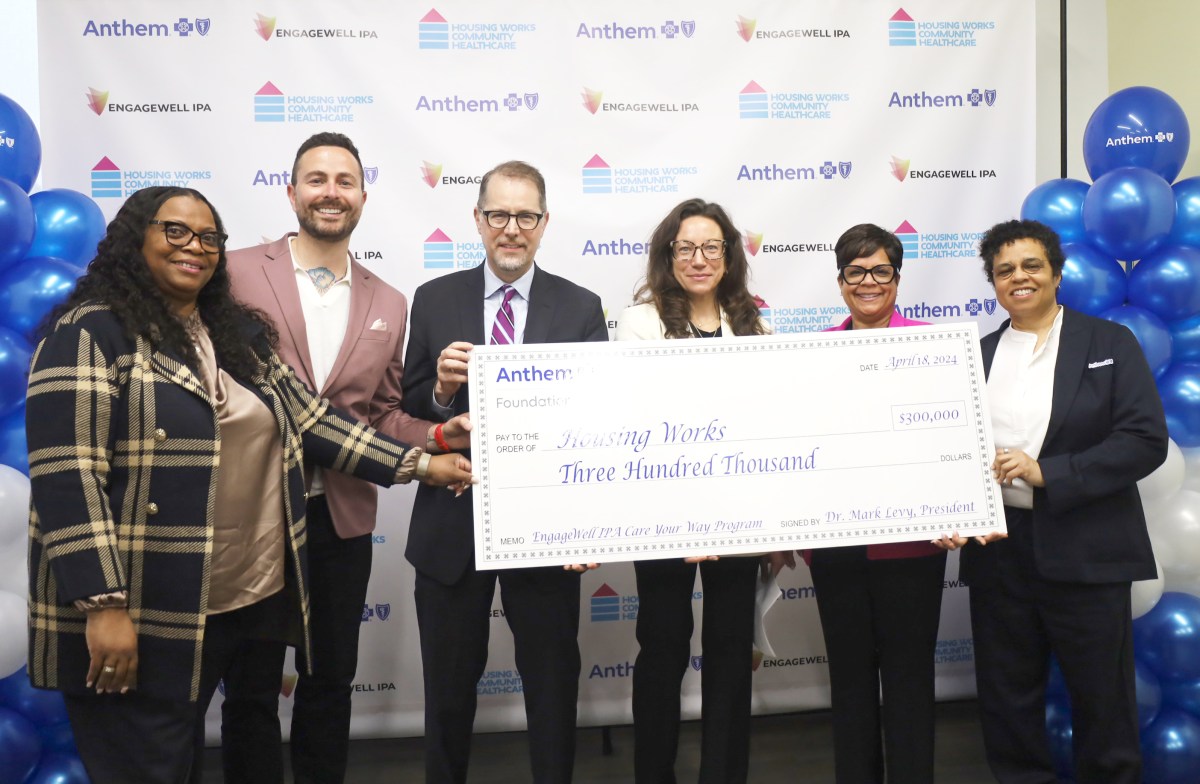A short bus ride past the Chornobyl security checkpoint, where guards prevent entrance into the 30-kilometre ‘exclusion zone,’ our group gathers to hear rules for the contaminated area.
The list is brief — do not touch anything, wear long sleeves and closed-toe shoes, and, sternly: “Remember, you are not tourists here,” Misha, our guide, says.
After the recent Fukushima disaster in Japan, the International Atomic Energy Agency announced this week a projected slowdown on the growth of nuclear power. Chornobyl, as well, to this day is evidence of what happens when things go wrong.
It’s been 25 years since the world’s largest nuclear disaster occurred, but Chornobyl, along with the populated areas that surround it, are still plagued by long-term health, environmental and — perhaps most crippling for those who live there — financial consequences.
Dzvinka Kachur, a United Nations Development Programme (UNDP) information officer, argues many problems are caused by a stigma of Chornobyl-affected zones. Trips like those to the exclusion zone can help dispel myths about radioactive fallout — for instance, visitors will not see ‘mutants’ running amok in a barren region, she says.
For a forbidden zone, the level of activity in Chornobyl is surprisingly high. About 3,500 people work in the plant, to keep safety mechanisms operating. Another 3,000 work as maintenance, security and decontamination staff outside of it — although they only work two weeks a month, due to high
radiation levels.
Standing in front of Reactor #4, which is enclosed in an aging, rusted, tomb called the “sarcophagus,” our beeping, hand-held dosimeter shows external radiation levels to be about 30 times higher than that in capital Kyiv.
“But this isn’t the most radioactive place we will see,” the guide says with a sardonic grin. “I will show you where it’s much higher.”
This spot turns out to be a patch of moss behind the cultural centre in the abandoned town of Prypiat. The town used to be home to about 50,000 people who evacuated in about three hours the day after the accident.
To avoid panic, residents were told they would be returning to their homes, so they packed light. Their belongings were left to decay, be destroyed in the de-contamination process, or were stolen by looters.
Some personal items are still strewn amidst the rubble — Soviet posters; children’s books; an old tennis shoe in the Cultural Centre’s gymnasium. The town has the air of a war zone with scattered, decrepit buildings protruding amidst overgrown foliage.
Before the trip, we were warned about deer and wolves running around. Some scientists argue nature has persevered and Chornobyl has been turned into a mecca for animals with no humans as a threat. But aside from giant, two-metre catfish swimming in the nuclear plant’s cooling pond, only
mosquitoes buzz around the town.
“No one ever sees the wild animals there,” says Timothy Mousseau, a Canadian scientist who has been researching health and ecology in Chornobyl for more than 10 years. “It’s a myth.”
Subsidies little more than small potatoes
Currently, the government is legally bound to deliver hundreds of subsidies to those living in affected regions. In theory, these encompass a wide range of benefits — from bonuses on salaries for people who do find work, to free breakfast meals for elementary school kids.
But not all subsidies are paid out by the state. A typical resident receives the equivalent of less than 50 cents per month as their bonus for living in contaminated areas, says Mykola Vasylenko, head of economic development in Ivankiv, a town about 50 km from Chornobyl.
However, if all of the promised subsidies were paid out in full, it would amount to one fifth of Ukraine’s entire state budget, says Dmytro Petrushenko, head of the Bordianka District State administration. “We need a radical change — an elimination of all subsidies,” he says.
Such complex circumstances leave local and international development programs at an unenviable position of tackling radiation-related problems on one hand, and social and psychological problems on the other.
Out-of-work youth
On a hot August morning, a handful of clients are at a Luhyny
unemployment centre for a workshop aimed at helping people under 30 to
get jobs. “A well-qualified construction worker is much more valuable than
an under-qualified engineer,” Olga Omelychuk, the orientation
specialist tells them.
In the town of about 4,000 people, about 550 are registered as
unemployed. Brochures at the centre promote jobs such as electricians
and tractor drivers.
A blonde woman says she is trained as a dentist but wants to find work as a cook. For residents like her, leaving for a larger city is difficult. If they can’t immediately
find work, the cost of living becomes too high and they’re forced back
to Luhyny.
‘We didn’t want to live in Siberia’
After the initial incident, Maria Bovsunivska and her two children were given the choice to move from their small town, a few hours from the capital, Kyiv. They chose to stay.
Her 25-year-old daughter, Tatjana, said they didn’t like what was being offered. “We didn’t want to live in Siberia,” she said briskly while her mom gently nodded her head in agreement.
Some of their neighbours were relocated to small apartments that they had to share with other families. To Maria’s family, that was evidence they made the right choice by staying
put.
The dangers of a 100-kilometre diet
Mousseau is conducting a study on children in Chornobyl-affected areas, examining the long-term effects of radiation exposure. “There are very measurable impacts on the children there,” he tells Metro, of Norodichesky, a region adjacent to Chornobyl. “Many of the children have significant (radiation) doses as a result of what they’re eating,” he says.
Mousseau grew up in Ottawa, and studied in Toronto and Montreal. Currently, he is a professor of biological sciences at the University of South Carolina. His research so far has found that children in the area have reduced pulmonary function, and concludes that some will have “significant respiratory problems as they age.” His team has also found abnormal growth defects, he adds.
“Clearly, there’s a need for monitoring and public health studies,” he says.
Mousseau’s study is on children who live near the immediate vicinity of the exclusion zone. But even those living in affected zones hundreds of kilometres away are experiencing health issues — some suspect these are related to contaminated soils, other argue they are lifestyle-related problems.
In Zaliznytsia, a village in Ukraine’s northwest Volyn region, a local gym teacher says about half of the elementary students are exempt from cardio-intensive gym classes because of health problems.
In Luhyny, a small village about 100 km from the exclusion zone, Dr. Ivan Godlevski says the number of people treated for cancer at his hospital has increased 30 times since 1986.
Reactor rupture
- On April 26, 1986, an explosion and fires at Chornobyl nuclear
plant’s reactor No. 4 caused the largest radioactive release in the
civil nuclear industry’s history. - 100,000 people were evacuated.
- 2,293 villages and towns were contaminated.
- Of the plant’s 600 workers, 134 received high doses and suffered
from acute radiation sickness. Of those, 28 died in the first three
months.
















